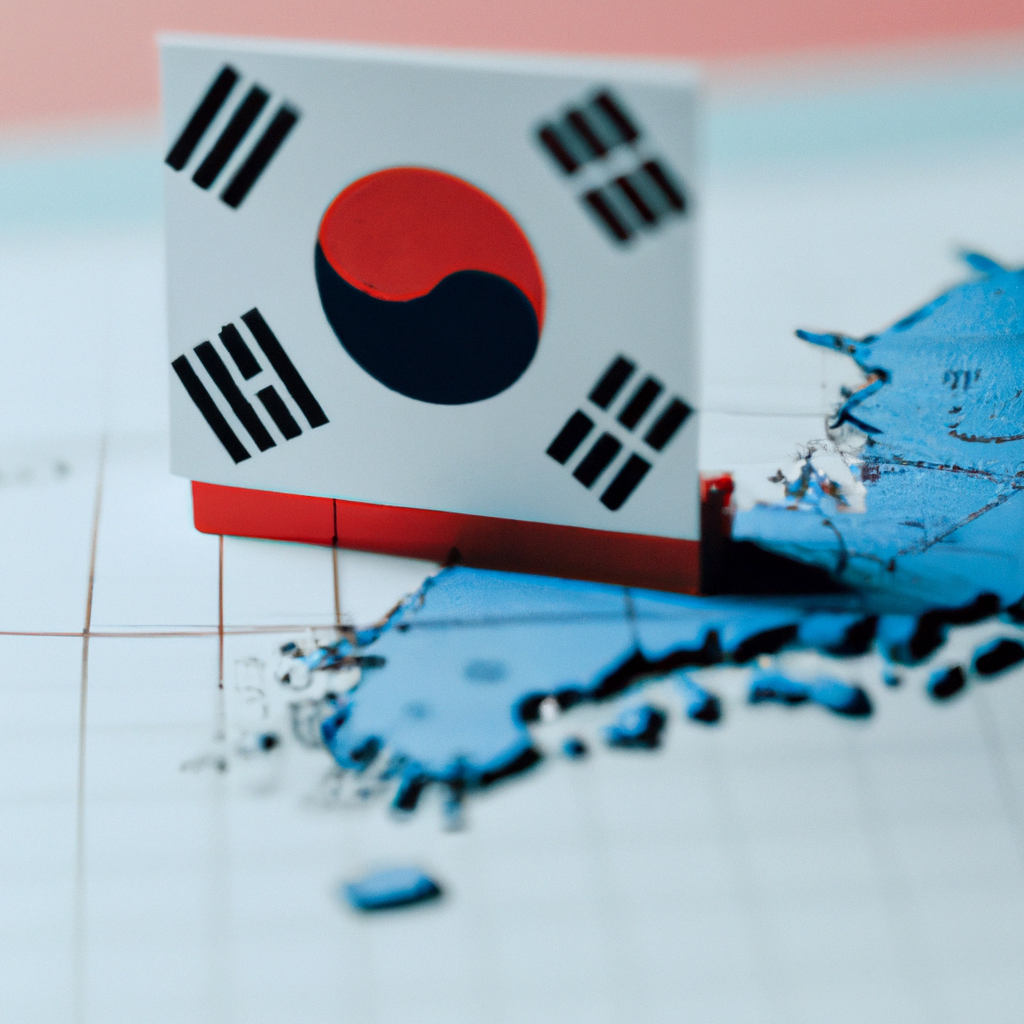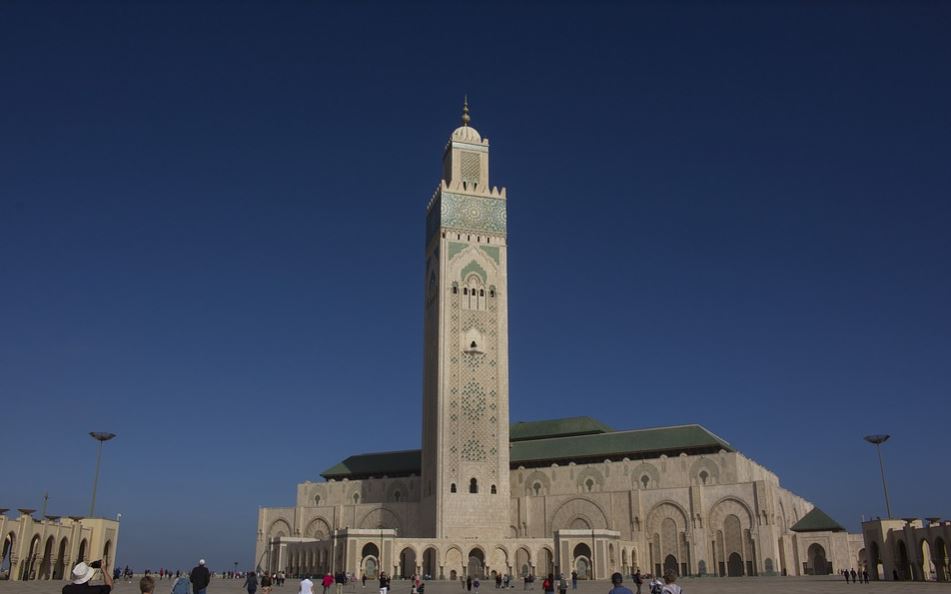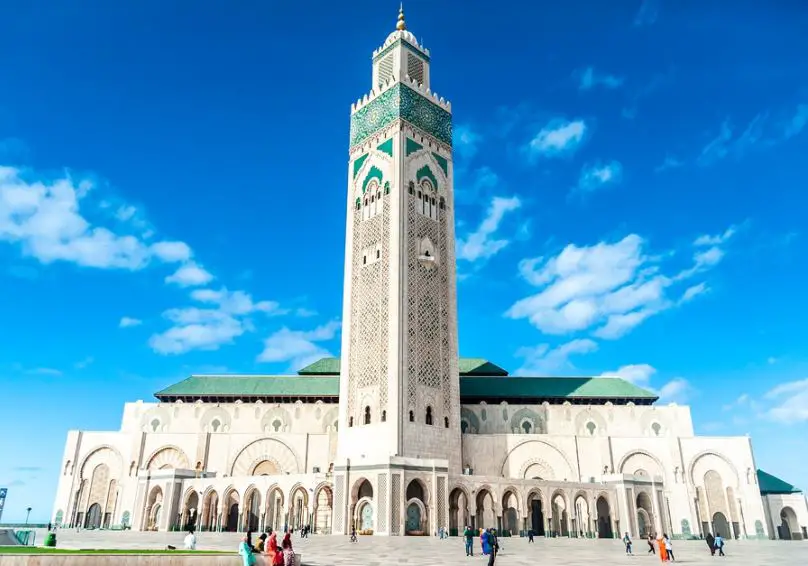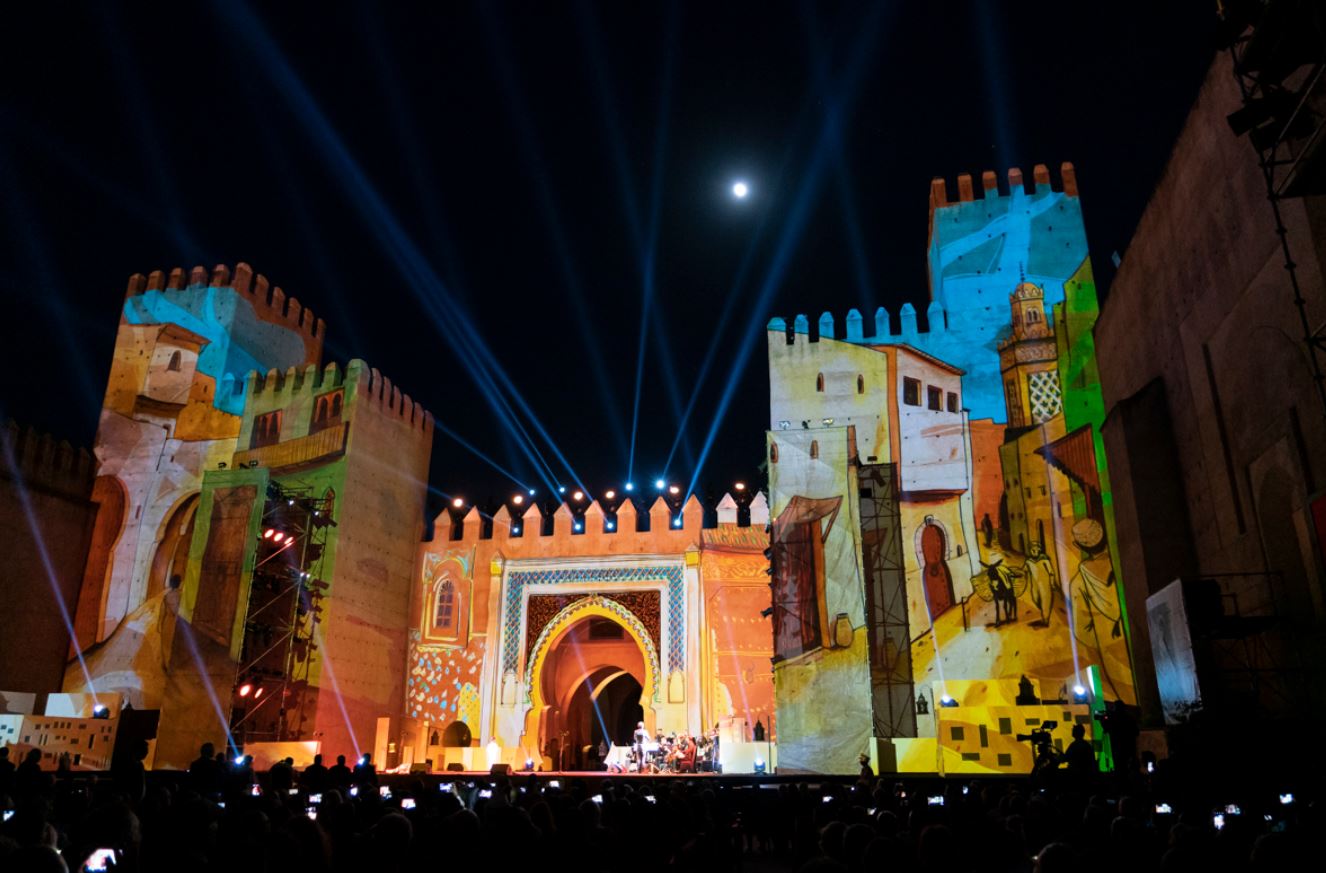How do I experience traditional South Korean music and dance performances?
Post ByAdequate Travel
Summary
Are you looking for a unique experience that combines traditional music and dance? Experience the traditional music and dance performances of South Korea! Learn about the culture and enjoy performances from experienced dancers and musicians. Stay informed about any travel restrictions or travel rules in place, as they may vary depending on your destination within the country.Experiencing Traditional South Korean Music and Dance Performances
South Korea has a rich cultural heritage, with traditional music and dance forms that have been passed down through generations. To experience these vibrant performances, you can follow the steps outlined below:
1. Research and Identify Traditional Performances
Start by researching and identifying the traditional music and dance performances you would like to experience. Some popular examples of traditional South Korean performances include:
- Jeongjae - classical court music, typically performed by an ensemble of traditional instruments.
- Gukak - traditional Korean instrumental music, which combines various instruments such as gayageum (zither), geomungo (six-stringed zither), and daegeum (bamboo flute).
- Buchaechum - fan dance, performed with colorful fans by a group of female dancers, often wearing hanbok (traditional Korean clothing).
- Salpuri - a shamanic dance representing spiritual cleansing and offering prayers for the deceased.
2. Check Local Performance Schedules
Once you have identified the performances you are interested in, check the local performance schedules in South Korea. Traditional performances are often held at cultural centers, theaters, and even street festivals. You can find information about upcoming performances on official tourism websites, event calendars, or by contacting local tourism offices.
3. Visit Cultural Centers and Museums
Cultural centers and museums in South Korea often have dedicated spaces for showcasing traditional music and dance performances. These venues are designed to provide an immersive cultural experience and frequently offer scheduled performances. Examples of such venues in South Korea include the National Gugak Center in Seoul or the National Museum of Korean Contemporary History.
4. Attend Traditional Festivals
Traditional festivals in South Korea provide an excellent opportunity to experience the country's music and dance performances in a festive atmosphere. Some prominent festivals that incorporate traditional performances are:
- Busan International Film Festival - features traditional music performances alongside its main film program.
- Andong Mask Dance Festival - showcases traditional mask dances from different regions of South Korea.
- Seoul Lantern Festival - combines traditional performances with captivating lantern displays.
5. Participate in Workshops and Classes
Consider participating in workshops or classes that offer hands-on experiences of traditional South Korean music and dance. Many cultural centers and institutes offer short-term courses where you can learn the basics and even perform alongside trained artists. This allows you to both witness and actively engage in the traditional art forms.
By following these steps, you can immerse yourself in traditional South Korean music and dance performances, deepening your understanding and appreciation of the country's cultural heritage.Before embarking on your journey to south-korea, make sure to check the latest travel guidelines and entry requirements to ensure a smooth trip







